Reforms in Russia: Fiction and Reality
There is a myth about liberal reforms, it is actively spreading propaganda to support Putin's regime. Allegedly in the nineties a bunch of liberals, deceived Yeltsin and broke into the government.
Thanks to her positions she committed a terrible crime together with Gaidar - she carried out a number of liberal reforms, from which the life of Russian citizens became much worse. But Putin is the only defender of the people from spiteful liberals, a guarantor of stability and only he does not allow the liberals to come to power, again to commit liberal reforms and worsen the lives of the working people.
The current regime was formed in the 70's thanks to the discovery of oil and gas fields in western Siberia. Even under Stalin, there was a regular famine throughout the country due to the destruction of the peasantry as a class.
The collectivization of agriculture led to a shortage of food, starvation and horrible deaths from it. Only with the advent of Khrushchev began massive purchases of food abroad, and with the beginning of the discovery of hydrocarbons, the regime was able to buy more and consumer goods. Here is the difference between hunger and its cessation just deep in the minds of older people who, unfortunately, leave us.
The improvement of the material situation, the cessation of repression, a thaw, the young years, which are always filled with happy memories, created a wonderful myth about the good Soviet past, which has now been picked up by propaganda in Russia and actively used to deceive people.
In Russia, a command economy was created with state property. Funny thing about this, Karl Marx wrote in his "Economic and Philosophical Manuscripts of 1844" a hundred years before the events. He wrote that countries with underdeveloped private property first pass through the crisis stage, create universal private property under the guise of the state, it is used by the nomenclature - state managers, and then the process of forming the institution of private property is taking place.
It goes without saying that government officials are also people and their hands are growing to themselves, which is why taking posts, they convert power into property. This process took an active form after Brezhnev. The cooperatives allowed by Gorbachev allowed the management of the factories to transfer their resources to private assets with the help of cooperatives quite legally.
This was the first major blow to the economy of the Soviet Union in the 1990s, long before Gaidar was appointed to the government.
The second powerful factor in the destruction of the economy of the Soviet Union was the absence of creative destruction, which in normal market relations without any state involvement quickly and cheerfully breaks old technological methods and launches new ones, cutting production costs and increasing labor productivity.
The red directors and party activists resisted the removal of state property from their control, while they quickly increased their personal assets. Here is an interesting socialization of costs and the appropriation of profits, which made the economy completely ineffective. It was kept at the expense of hydrocarbon rent, but with the fall in the price of oil and gas, there was a collapse, there was nothing to pay workers a salary, and there was nothing to buy for wooden rubles.
The third fundamental factor was the strategic mistake of economists and managers. I described it in detail in the blog "How the theory of economic fundamentalism destroyed the Soviet Union". At the first stages of agrarian overpopulation creates the conditions for economic growth due to the transition to machine production due to its higher productivity in comparison with agricultural production.
Therefore, it appears that the increase in the machinery park leads to economic growth. As soon as the agrarian resettlement in cities ends, the number of workers and machines becomes equilibrium, so immediately economic growth ceases.To exit this trap, creative destruction exists, it allows the introduction of more and more new technologies with a constant number of workers, which leads to sustainable economic growth.
But there is one obligatory condition, there should exist not only inclusive market institutions, but also democratic procedures aimed at creating obstacles for the already rich people to oppose the introduction of new technologies. The existing elite always strive to create barriers to new people and technologies for maintaining the status quo, because innovations ruthlessly destroy previous technologies.
In order not to lose revenues, the elite always invest money in political capital, seize power, bribe politicians and adopt prohibitive laws for the introduction of new technologies. Democratic procedures just create obstacles for elites to seize power, fierce political competition in an open society blocks the adoption of prohibitive laws and allows the state to quickly adapt to new technological changes.
Needless to say, there was no democracy in the Soviet Union or in Russia, so there is no restrictive mechanism for the party-economic asset, as for the Putin oligarchs.
The fourth heavy factor that destroyed the economy of the Soviet Union was the militaristic policy. It has led to numerous wars that require huge resources, exsanguinating the economy. A Soviet terrible monster was created-a military-industrial complex, he devoured the country's resources, turning them into rusty metals.
The combination of these factors led to the usual state in Russia - to the broken trough. Because the militaristic frenzy and the desire to command everything always trigger the processes of self-destruction of any country without exception.
Unless conditions for creative destruction are created, new technologies will not be introduced in the economy and military affairs. Only a private initiative created modern developed countries with sustainable economic growth. This was all before Gaidar came to the government.
In 1991 there was a threat of famine in the capitals, Yeltsin simply had no choice: either the hunger riot and the collapse of the country, as the Soviet Union collapsed before this, or urgent reforms, liberalization of the economy. Most of the economists' plans consisted of gradual, lengthy processes, and the problem of hunger was right now. The only one who agreed to carry out the reforms was Yegor Timurovich Gaidar.
And then there is another stable myth about the radical liberal reforms of Gaidar. The fact is that there was nothing radical about them. Along with the planned distribution economy, a market economy emerged long before Gaidar's arrival, that is, the administrative market of powers was actively supplemented by a control market that was illegal and shadowy, but blossomed violent because of the cooperative movement and the huge demand of the population for foodstuffs and goods of wide consumption.
All that Gaidar did on January 1, 1992, was recognized by the already established state of affairs, in the form of freedom of sale and private property, which was more relevant to the control market at that time due to the lack of private property institutions (civil code, independent court and etc.). That's all the reforms.
The red directors and the Yeltsin family first became beneficiaries of the reforms. They removed Gaidar from the post of prime minister and used them for enrichment.
The red directors began to receive huge sums of money and continued to produce goods that nobody wanted, while at the same time they were personally rich at the expense of the state. And Yeltsin's family began to earn capital through black market premiums, so the first oligarchs appeared in Russia.
They invested money in political capital to seize and retain power, and there were no democratic mechanisms that could create obstacles to this process.The Gaidar team, which remained for some time in the government, carried out part of liberal economic reforms, thanks to which the welfare of Russian citizens in the first two terms of Putin happened, but he did not begin to reform the economy further.
On the contrary, with him began to appear new bans and restrictions that drove the country before the crisis, but this already tomorrow.
So, dear friends, the fact that radical liberal reforms have been carried out in Russia is a myth. There was some liberalization of economic life, but there were no normal institutional reforms yet, so there is no sustainable economic growth and improvement of the well-being of Russian citizens. Only those who live by the points of distribution of income from hydrocarbon rent are living.
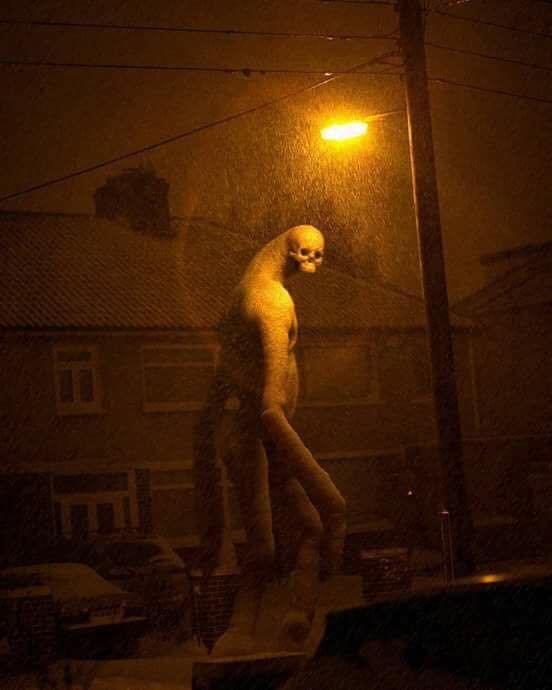

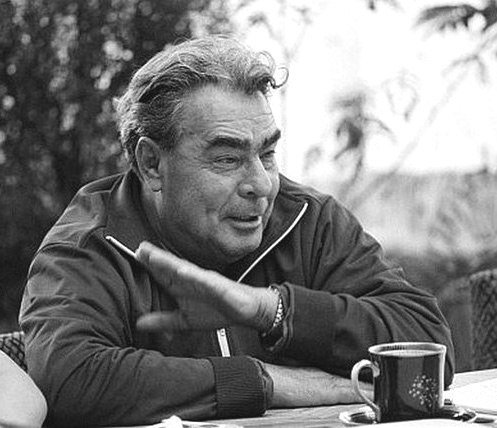
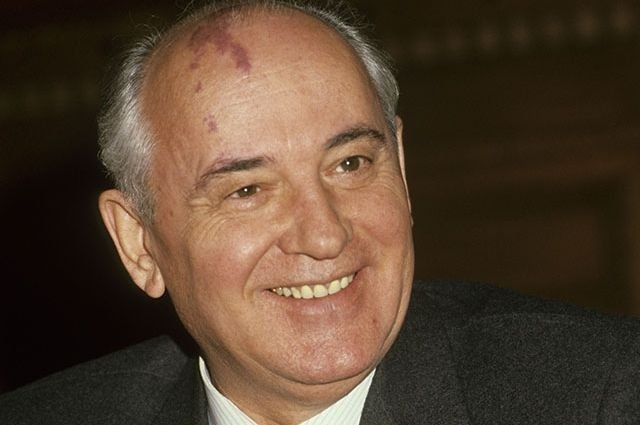
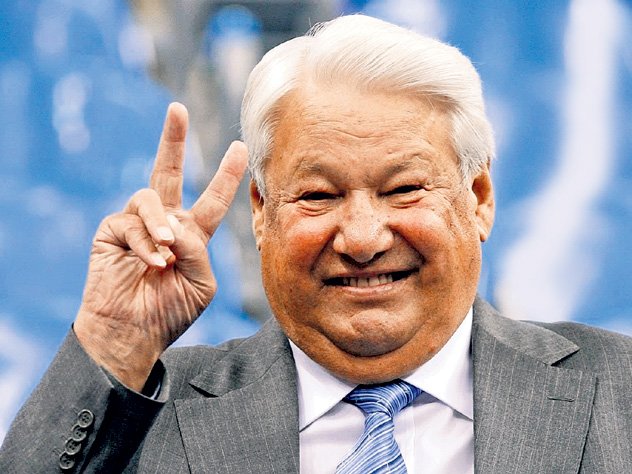
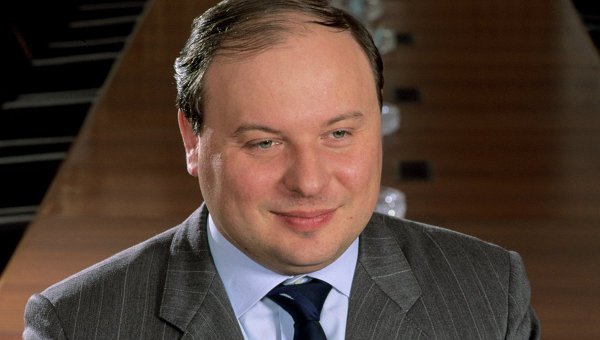


Why do we fall..?
So that we can learn to pick ourselves up.
es!!!!!!!!!!!!!!!!!!!!!!!
Congratulations! This post has been upvoted from the communal account, @minnowsupport, by varja from the Minnow Support Project. It's a witness project run by aggroed, ausbitbank, teamsteem, theprophet0, someguy123, neoxian, followbtcnews, and netuoso. The goal is to help Steemit grow by supporting Minnows. Please find us at the Peace, Abundance, and Liberty Network (PALnet) Discord Channel. It's a completely public and open space to all members of the Steemit community who voluntarily choose to be there.
If you would like to delegate to the Minnow Support Project you can do so by clicking on the following links: 50SP, 100SP, 250SP, 500SP, 1000SP, 5000SP.
Be sure to leave at least 50SP undelegated on your account.
This post has received a 3.13 % upvote from @drotto thanks to: @varja.